Oceania/ Australia/ 05.05.2020/ Source: www.theguardian.com.
The federal and Victorian governments are in disagreement over whether it is safe for students and teachers to return to school, as a number of other states prepare for their students to come back to class.
While New South Wales and Queensland are planning a phased return to on-site schooling, Victoria is holding steadfast against bringing students, other than those from essential workers, back into the classroom.
The matter blew up on Sunday when federal education minister Dan Tehan was forced to withdraw comments he made on the ABC questioning Victorian premier Daniel Andrews’ leadership over the split on the issue, stating Andrews should be listening to the national health panel, not just his chief health officer.
What is the federal advice?
The advice from the Australian Health Protection Principal Committee, on which the Victorian chief health officer also sits, says there is “very limited evidence” of transmission between children in a school environment.
On Sunday, chief medical officer Brendan Murphy pointed to research about school transmissions of coronavirus both locally in NSW and in Europe.
“Our advice is transmission between children in schools is not well established,” he said. “And in fact there is increasing data now, data from Europe and the NSW study, we think children are not high transmitters of the virus in the school environment.”
He said there is a potential risk for adults in the staffroom, and at drop-offs, and a range of mitigations have been recommended to reduce the risk.
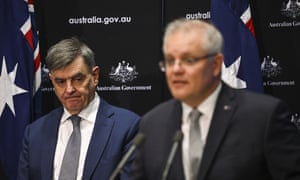
What does the NSW study say?
The NSW study, released last month, assessed the initial 18 cases between March and April of teachers and students testing positive for coronavirus.
The study looked at 735 students and 128 staff who were close contacts of the 18 cases. No teacher or staff member contracted coronvirus from those cases, and one child from a primary school and one child from a classroom may have contracted coronavirus from one of the initial 18 cases.
“The findings from this detailed investigation are preliminary. However, they do suggest that spread of Covid-19 within NSW schools has been very limited.”
What do international studies say?
Murphy admits that studies have been limited, but has pointed specifically to studies out of Europe to support the AHPPC position.
A study out of the Netherlands reported children are less likely to get infected from the virus from adults, and adults are much less likely to pass it on to children, except in a home environment.
A UK study of a child who returned from the French Alps with coronavirus, and subsequently went to three schools while asymptomatic and did not transmit the virus argued it could lend evidence to the notion the transmission rate for children might be different to adults.
An analysis of over 100 studies that have been done on coronavirus transmission stated there is limited evidence of children transmitting the virus, but more data is needed.
“The role of children in transmission is unclear, but consistent evidence is demonstrating a lower likelihood of acquiring infection, and lower rates of children bringing infections into households,” the analysis states.
However, German research released last month suggested children can be as infectious as adults.
Why does Victoria disagree with the federal government’s position?

Victoria’s chief health officer Brett Sutton has said he doesn’t disagree that infection rates among children are lower, but he viewed keeping schools closed as a measure to lower overall community transmission, particularly for teachers, staff and parents.
“I know there haven’t been significant outbreaks in schools … but again it may be that kids who are very minimally symptomatic could transmit to other children, and it can be a contribution to community transmission,” he said.
“I’ve also been very clear that I don’t see schools as a dangerous place to be, but to the extent that kids learning from home can contribute to suppressing transmission at a community level, I think that’s a useful thing to consider.”
Andrews has said his decision on schools will be based on Sutton’s advice and Sutton has refused to reconsider his advice on sending children back to school until the state of emergency is reviewed on 11 May.
There have been indications that students in Victoria could stay learning from home for the entirety of term two.
Source of the notice: https://www.theguardian.com/australia-news/2020/may/05/australias-back-to-school-plans-expose-schism-around-children-and-coronavirus
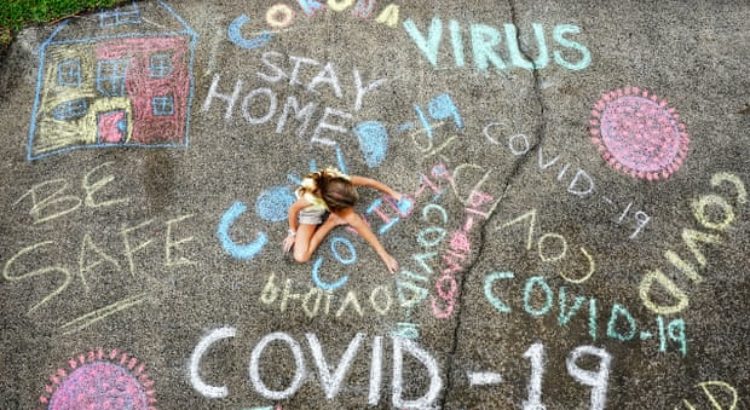
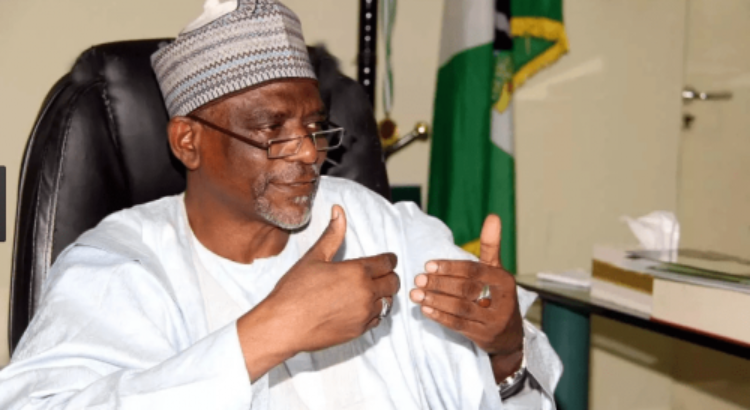
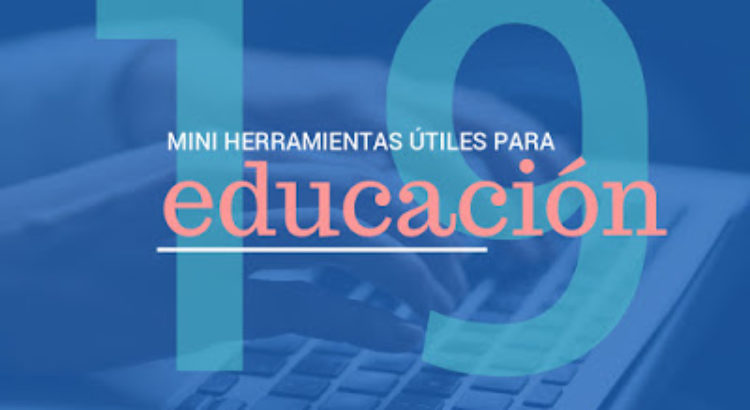
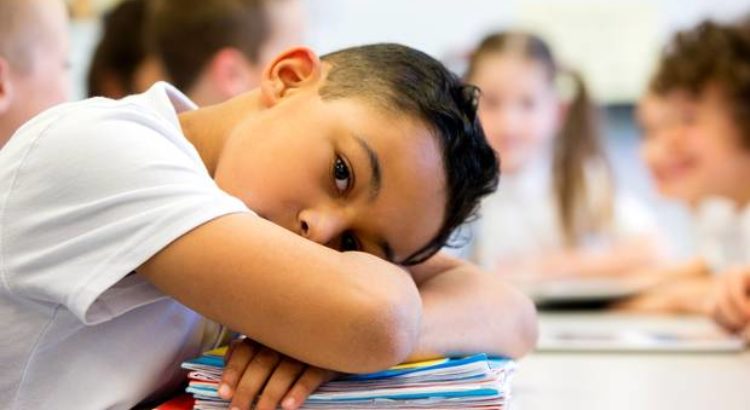
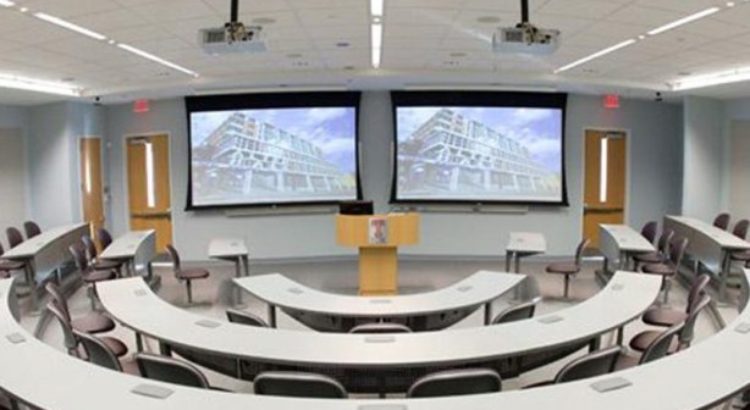







 Users Today : 84
Users Today : 84 Total Users : 35459550
Total Users : 35459550 Views Today : 134
Views Today : 134 Total views : 3417892
Total views : 3417892